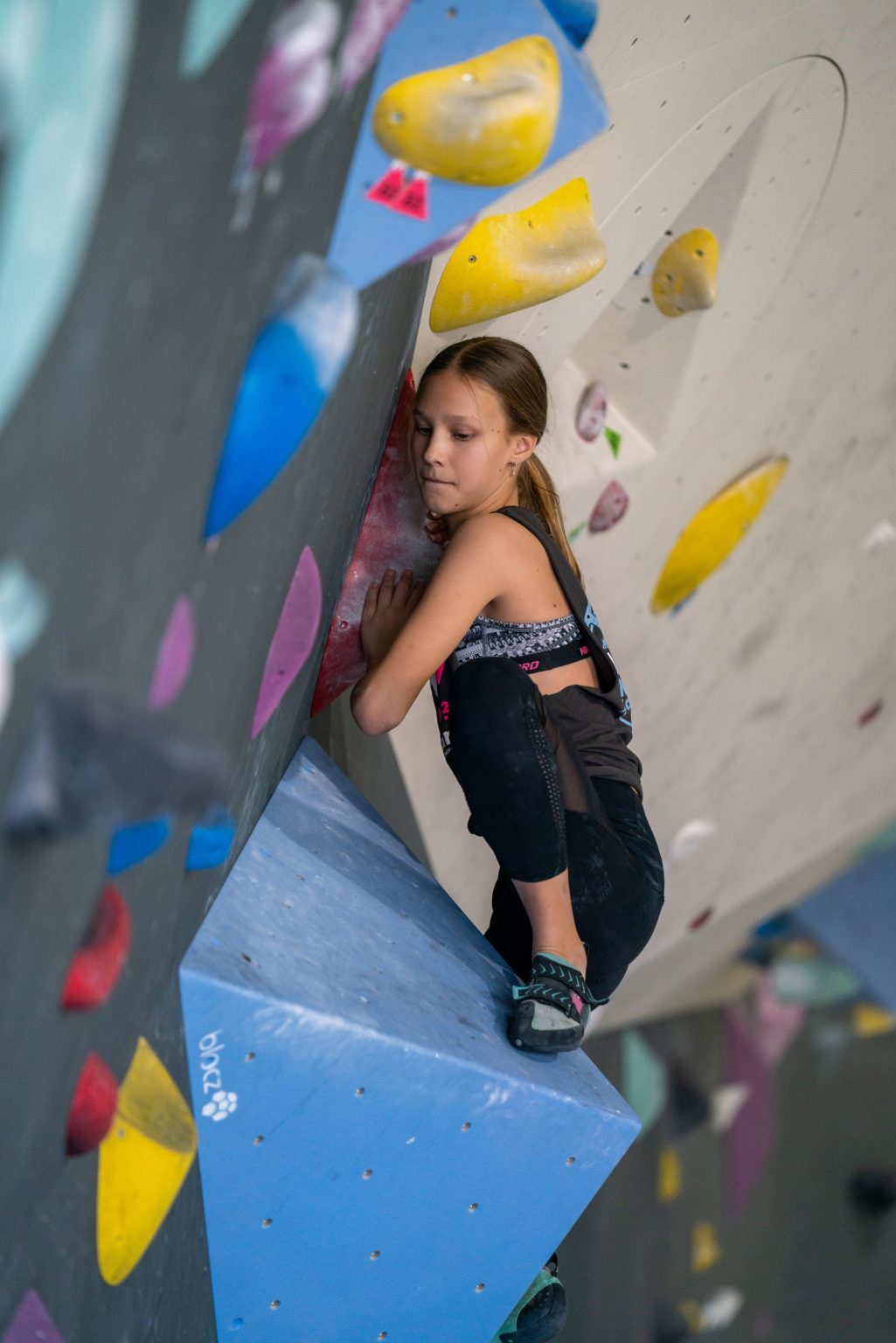Goal Setting for Climbers

As climbers we too often find ourselves caught in the vortex of training and performance, unsure as to whether it’s all leading to positive progress. The clutter of our schedules tends to obscure the true motives behind why we climb. Each year we have a few months of ideal conditions, climbing season, and it helps to enter these months with crystal clear perspective. Setting goals in and out of the gym, clarifies the objective we are progressing towards and helps build our pathway to success.
How To Set Goals In Climbing
Find out your current climbing level.
It’s hard to set a final destination if you don’t know your current location, hence it’s essential for you to know your current climbing level before setting lofty goals. On a basic level this might be the grade you can currently climb, but on a more complex level you may choose to measure key metrics such as finger-strength, power-endurance and range of motion. Having an in-depth understanding of your current fitness and strengths gives you the information required to set and plan for specific goals. This method also gives a clear indicator of what would be a realistic goal for your current level; helping to ensure success in both the preparation and execution of your dream.
This is where our Alpine Team can help. Did you know we offer climbing assessments? The assessments focus on identifying your strengths and weaknesses on and off the wall and help prepare you to achieve your goals. The results will direct your training to work on your limitations, body movement, enhance climbing performance and see measurable improvements upon re-assessment.
Book in for a Climbing Assessment Now Find Out More
Selecting your goals for the season.
Setting goals should be a rewarding and self-reflective experience, so don’t rush the process. Prioritise time in the off-season (Summer in Australia) to assess what motivates you and research the training methods and climbing styles that will work best for you. Once you feel you’ve found a goal for the upcoming season, whether it’s a boulder problem or a sport route, take a big step back. Ask yourself ‘Why am I choosing this goal?’. Is it because someone in the gym mentioned they were trying it, or do you see it as a striking line that inspires you? Negotiate the ‘why?’ behind your goal, and you’ll be ready to face obstacles and setbacks with a resilient mindset.
QUICK TIP: Your limit redpoint grade is generally 4 grades above your current onsight grade (i.e. if you have onsighted a 21 (5.11b), you should probably set your max. target grade as 25 (5.12b)).
Building the perfect goal structure.
Once you’ve chosen a goal it’s now time to give it a time frame – this could be as short as a few weeks or as long as multiple seasons. Doing this helps avoid fixating on a singular route for too long; falling into a cycle that detracts from your enjoyment and overall progress. Instead, set yourself a time-limit and if you reach it without achieving your goal then reassess your training or the goal entirely. Be sure to set smaller more-achievable goals below your major objective, these will lay the foundation for success and help boost your motivation when things get tough. For example, trying to climb V8 outdoors is an intimidating goal, but you can coach yourself in the right direction by setting smaller, more achievable goals – like five V6 or three V7 boulders. These smaller goals grow with an athletes performance and harness the intricacies of sports psychology, in turn, helping them achieve their main goal.
Maintain accountability and support.
As a spectator, the training process may seem like fun, but it can be a constant battle of maintaining motivation and accountability. As we track towards our goal we may find ourselves losing sight of our ‘why’ and witness our motivation quickly drop – but there are a few ways to prevent this. The first is simple, write it down, by doing so you are admitting to yourself what the goal is and what you’re willing to do to achieve it. The second is surround yourself with individuals who will both hold you accountable but also join in on sessions to help push you. Lastly, be vocal about your goals, not to everyone you meet but certainly to your closest friends/mentors and just enough that it doesn’t create anxiety to achieve it. Having a team of people that can support and nurture each other’s dreams, gives everyone the confidence to tackle the twists and turns of trying something out of their comfort zone.
There are seasons for ‘trying hard’ and seasons for simply appreciating the wonderful sport we all participate in. Not every climber needs to set hard goals, in fact, oftentimes we learn more when we climb for pure enjoyment. So invest both thought and action into your goals, but beyond all constantly check you’re ticking the most important climb of all, simply enjoying the process and having fun!
Looking to take your training to the next level? or still have questions about our training classes and assessments? Check out our training & classes page or contact our motivated team who can help set you up to achieve your goals.